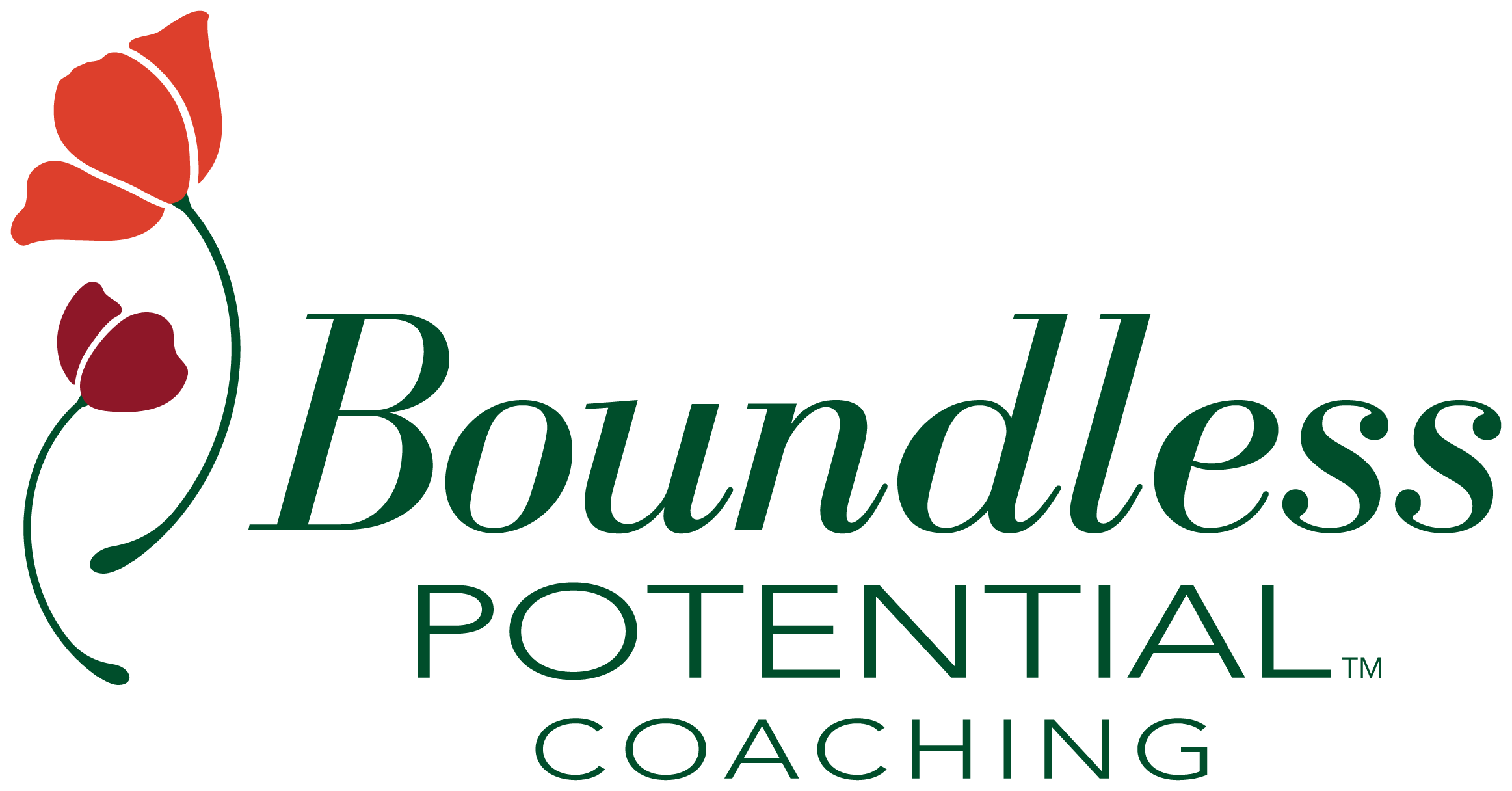How do you turn professional setbacks into your greatest comebacks? In any career, setbacks are inevitable. From missing out on a promotion to facing a sudden layoff, challenges can shake our confidence and test our perseverance. However, resilience — the ability to bounce back and grow from adversity — is what separates those who thrive from those who falter. Building resilience isn’t just about “toughing it out”; it’s a skill that can be developed intentionally over time. In this article, we’ll explore how to strengthen your resilience, why it matters, and actionable steps to navigate professional obstacles with confidence.
Understanding the Nature of Setbacks
Setbacks Are Normal, Not Personal
A 2023 Harvard Business Review article titled “Research: Setbacks Can Actually Boost Your Career” by Gloria Kutscher and Wolfgang Mayrhofer discusses how experiencing setbacks can lead to positive career outcomes. The study found that individuals who faced career setbacks were more likely to reassess their goals and make strategic job moves, even long after recovering from the setback. It shows that 85% of employees experience a major setback at some point in their careers.
Did you know that Oprah Winfrey was fired from her first television job but later became a media mogul? Her story exemplifies how initial failure isn’t indicative of long-term potential.
Differentiating Between Failure and Feedback
Seeing setbacks as feedback allows for growth. Instead of “I failed!” think, “What can I learn?” Conduct a self-review after a setback. For example, when you experience a setback, you can create a simple two-column list wherein Column 1 is “Lessons learned” and Column 2 is “Skills Gained or Strengthened”. Review the list weekly to remind yourself that every challenge leaves you better equipped for the next opportunity.
Recognizing the Role of External Factors
Sometimes, external circumstances (market shifts, organizational restructuring) are the root causes of setbacks. Let’s take for example in 2020, nearly 114 million people lost their jobs worldwide due to the pandemic in the International Labour Organization. It wasn’t about individual shortcomings but global disruption.
Building Inner Resilience
Cultivating a Growth Mindset
Carol Dweck, who is a renowned psychologist and Stanford University professor, pioneered research on the concept of mindsets and how they influence learning, motivation, and achievement. Her studies revealed that individuals who believe their abilities can be developed through effort and persistence are more likely to overcome challenges and achieve long-term success. In her research, we found that individuals who believe abilities can be developed (growth mindset) handle setbacks better. Growth Mindset is the belief that talents, intelligence, and abilities can be developed over time through hard work, good strategies, and input from others. A Fixed Mindset assumes that abilities are innate and unchangeable. A Growth Mindset enables one to reframe, “I’m not good at this” to “I’m not good at this yet.”
Practicing Emotional Regulation
Emotional resilience is the ability to adapt to stressful situations, manage emotional responses, and recover quickly from adversity, disappointment, or trauma. It doesn’t mean avoiding stress or suppressing emotions—instead, it’s about navigating through them in healthy, constructive ways. Practicing emotional resilience is key. Here is an example of emotional resilience if you experience job rejection. Instead of internalizing rejection, an emotionally resilient person might say, “This wasn’t the right fit, but I’ll improve my resume and keep applying.” Journaling and mindfulness are proven methods to process difficult emotions.
Tennis champion Serena Williams is an example of mindfulness. She openly credits mindfulness for helping her cope with losses and maintain focus.
Setting Micro-Goals
Breaking recovery into small, manageable steps rebuilds confidence. Follow these steps:
- Start by identifying your larger goal—for example, finding a new job or rebuilding confidence after a failed project.
- Then, break that goal down into clear, bite-sized tasks you can tackle daily or weekly, such as updating your LinkedIn profile or applying to three roles by the end of the week.
- Make each step specific and time-bound—rather than vaguely planning to “work on your resume,” commit to “revising your resume summary for 20 minutes before lunch on Tuesday.”
- Finally, track your progress and celebrate small wins along the way, as these micro-achievements create momentum and reinforce your motivation.
Being passed over for a leadership role doesn’t define your potential—step up and lead a small project to show your initiative and start building momentum toward your next opportunity.
Turning Setbacks into Setups for Future Success
Seeking Constructive Feedback
Proactively asking for feedback post-setback can provide valuable insights that help you grow and reframe the experience. Start by reaching out to trusted sources who have observed your work–this could include a former manager, a colleague from a recent project, or even a team member that you once supervised. Consider sending a brief thoughtful message via LinkedIn or email, such as “I’m reflecting on a recent challenge and aiming to grow from it. If you’re open to it, I would really value your perspective on what I did well and where I could improve”. Do not forget to keep the tone open and non-defensive. Whether the feedback comes from above, beside, or below you on the org chart, what matters most is the clarity and candor it can offer for your next steps.
A good example of seeking feedback is LinkedIn co-founder, Reid Hoffman. He asked mentors for advice when he was being overlooked for a promotion. He sought advice, listened to it, and applied it in any challenge he has experienced.
Networking and Expanding Opportunities
Building and maintaining professional networks opens new doors, but it is important to remember that networking is a continuous process, even when you’re not actively looking for new opportunities.
To build your network, follow these suggested steps:
- Start by attending industry events, webinars, or even online forums where professionals in your field or industry gather.
- Use LinkedIn to connect with people you meet and keep the relationship warm by engaging with their posts, offering support, or sharing useful content.
- Regularly reach out to your connections with a simple check-in message or an offer of help, even when you’re not asking for something in return. This helps maintain a genuine, long-term relationship.
Ongoing networking allows you to stay connected to opportunities and people who may be valuable when the right moment arises—whether for career advancement, collaboration, or mentorship. Statistics show that 70% of jobs are found through networking rather than direct applications, according to the U.S. Bureau of Labor Statistics in 2024.
Investing in Continuous Learning
Upskilling ensures you’re always prepared for the next opportunity. Stay ahead of the curve by embracing opportunities to grow—take online courses, attend workshops, or earn certifications to keep your skills sharp and your career on track.
Final Takeaways
Professional setbacks are painful, but they do not define your worth or potential. By understanding setbacks, cultivating inner resilience, and transforming challenges into growth opportunities, you can build a career that withstands even the toughest storms. Remember, resilience isn’t about avoiding failure — it’s about learning, evolving, and moving forward with renewed strength. Embrace each setback as a stepping stone to your future success. I have created this checklist for you to follow:
Remember:
- Reflect and reframe the setback as feedback.
- Practice emotional resilience techniques daily.
- Set small goals to rebuild confidence.
- Seek feedback and mentorship.
- Invest continuously in personal and professional growth.
If you are getting stuck on any step along the way, reach out to me at Info@BoundlessPotentialLife.com so we can work through it together.

